“A parasite upon the mother” is how the book “Life’s Vital Link,” by Y. W. Loke, a reproductive immunologist, describes the placenta.
National Institute of Child Health and Human Development refers to the placenta as “the least understood human organ and arguably one of the more important, not only for the health of a woman and her fetus during pregnancy but also for the lifelong health of both.”
Realdus Columbus, first used the term “placenta” in his book De Re Anatomica, published in 1559.

If you are pregnant or about to enter the phase of pregnancy apart from getting a lot of conventional advice, you must have heard about the changes the body undergoes during pregnancy. Well, that’s true!
Your body goes through remarkable changes throughout pregnancy to produce the ideal environment for a baby to develop in. There is a formation of a whole new extra-embryonic organ found only during pregnancy- the placenta.
But what exactly is the placenta? Where does it come from? These questions are massively confusing to many people. Have you ever given it a thought whether it is made by the cells of the baby, by the maternal cells, or by both? Let’s figure it out!
What is Placenta?
The baby is not alone inside a person’s womb. Yes, you read it right! Throughout pregnancy, it is continuously surrounded by a companion. This is the placenta.
The placenta is a complex and fascinating LIFE SUPPORTING organ that develops in the uterus during normal pregnancies and serves as a vital connection between the mother and the fetus. It grows from the cells of the embryo and not from the uterine cells of the mother. The disc of tissues is bluish to dark red in appearance, linking to the uterine lining on one side and umbilical cord on the other.
It is an organ that contains a biome of information within itself about the baby and the conceiving individual.
What does the placenta do?
Placenta is the interface between a pregnant individual and the fetus (an unborn offspring that develops from an embryo). It sustains all biological tasks that fetuses are unable to perform on their own during the pregnancy.
The placenta serves the following purposes:
Supplies oxygen and nutrients and eliminates waste– It transports oxygen and nutrients from the mother to the baby and eliminates carbon dioxide and waste products produced by the fetus, such as urea, uric acid, and bilirubin, is absorbed into the mother’s blood via the placenta serving as the baby’s lungs, kidneys, and digestive tract simultaneously throughout pregnancy.
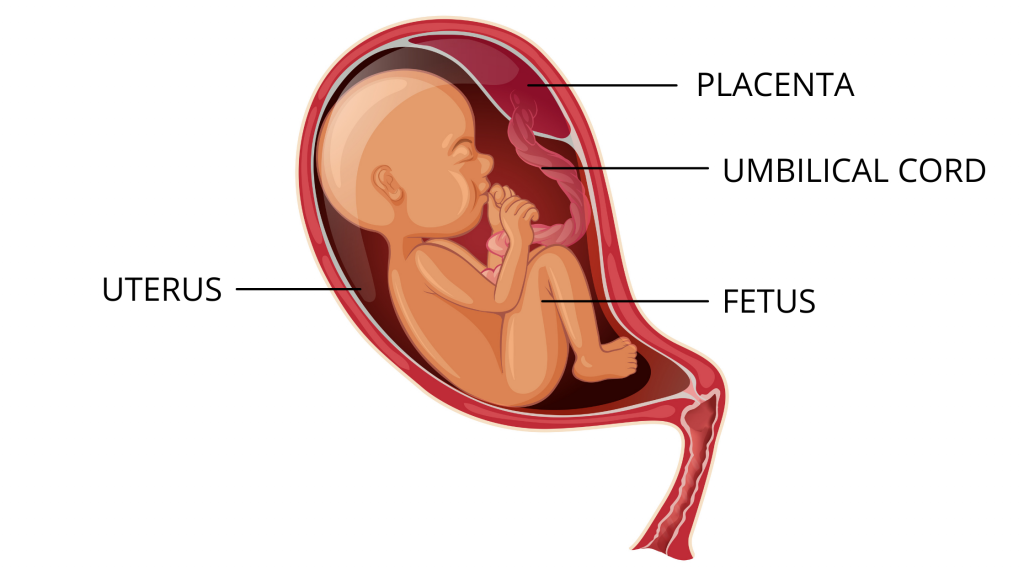
It not only nourishes the baby but provides a variety of products to enable the maternal body to sustain pregnancy and afterbirth events, such as the production of milk.
- It produces pregnancy hormones, each of which plays an important role in supporting your pregnancy such as – Human chorionic gonadotropin (hCG), the hormone detected by pregnancy test kits.
- Provides immunity as the antibodies can pass through the placenta to the fetus.
- Regulates the baby’s body temperature.
- Another hormone produced by the placenta is progesterone, which supports the implantation of the fetus. During pregnancy, estrogen encourages the growth of breasts and milk ducts.
- And Human placental lactogen (hPL) stimulates the growth and development of the fetus. To read hormone action during pregnancy in detail, click here.
You may also check out this video about the placenta: The incredible organ during pregnancy.
When does the placenta form?
The chorion (an embryonic organ that develops before the placenta) forms as soon as the fertilized egg implants in the uterus. As per normal biological conditions, nearly it requires 18–20 weeks of pregnancy for the placenta to be fully developed in most of the pregnancies. And nearing 14 weeks of pregnancy, the mother’s blood supply is completely attached to the growing placenta.
What happens to the Placenta after childbirth?
IT IS OFTEN CALLED THE AFTERBIRTH. If you have a vaginal delivery, the placenta is expelled out vaginally after the baby comes out. In the case of a cesarean section, it is removed at the same time when the baby is taken out. To avoid infection, all leftover fragments are removed from the uterus by the health care provider.
The spiritual belief
Placenta is considered auspicious and is buried deep within the soil in some cultures to symbolize the baby’s link to the earth. It is believed to bring good fortune to a newborn baby. To celebrate the birth, some parents place it in the yard. Ceremonial handling of the placenta by many cultures around the world is a symbol of life, spirit, and good fortune for the newborn.
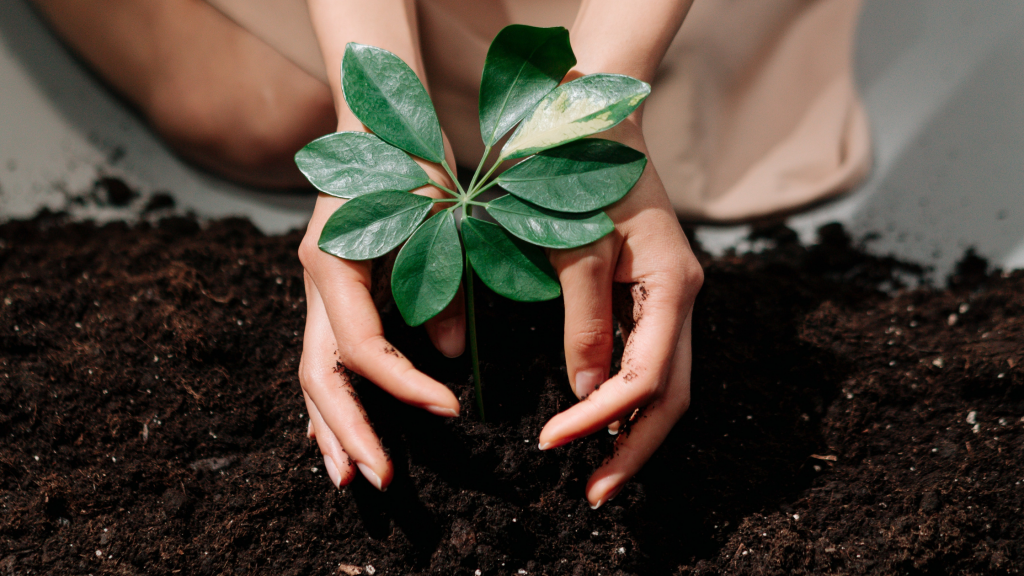
To read more on women’s health, click here.
This text is provided for information purposes only and is not aimed as an alternative for professional medical advice. Always take the advice of a health specialist if you have questions regarding your health or a medical condition.

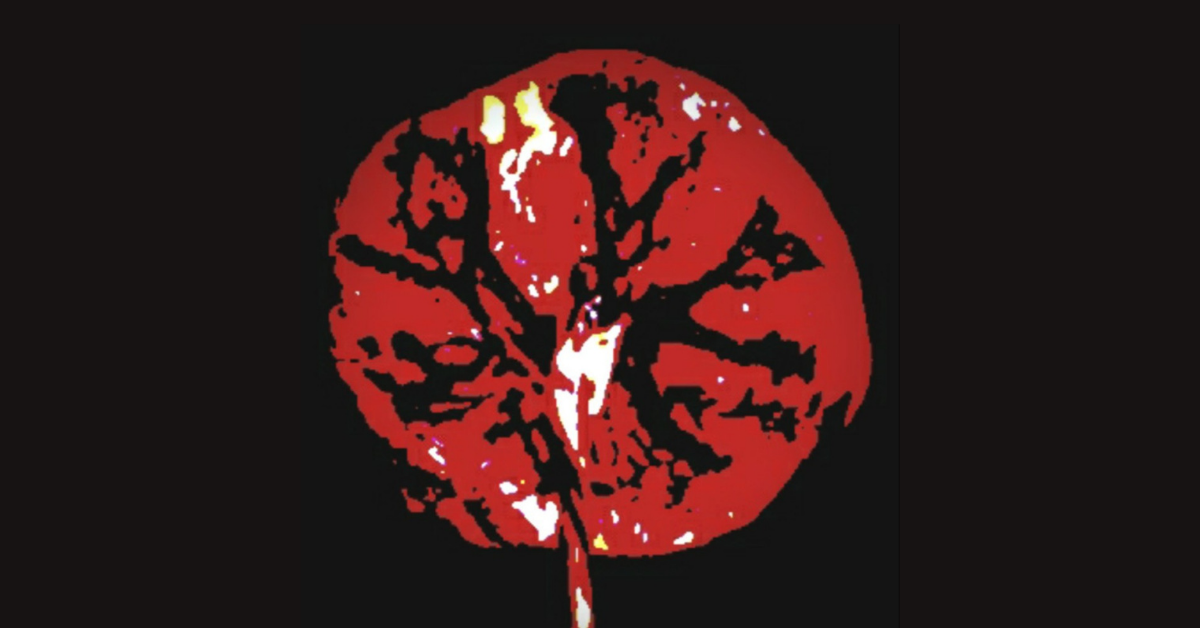


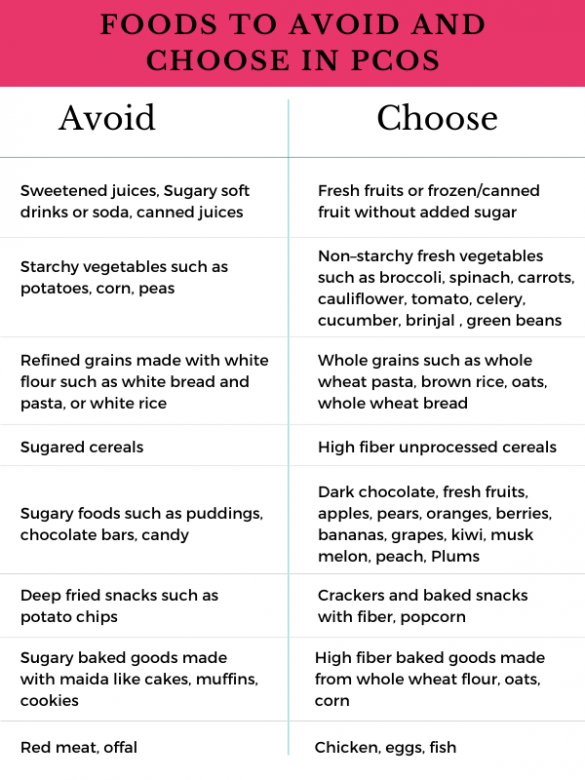
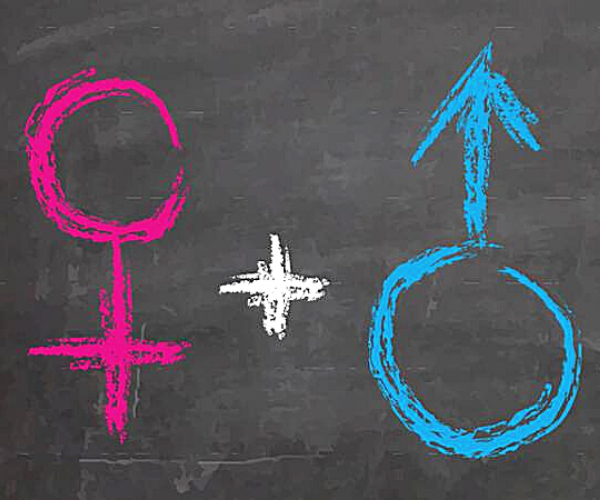

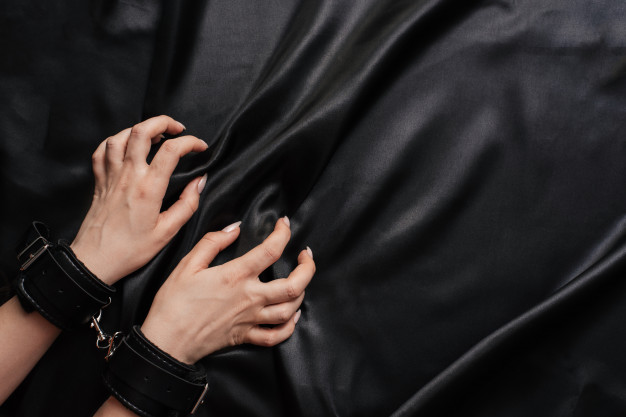



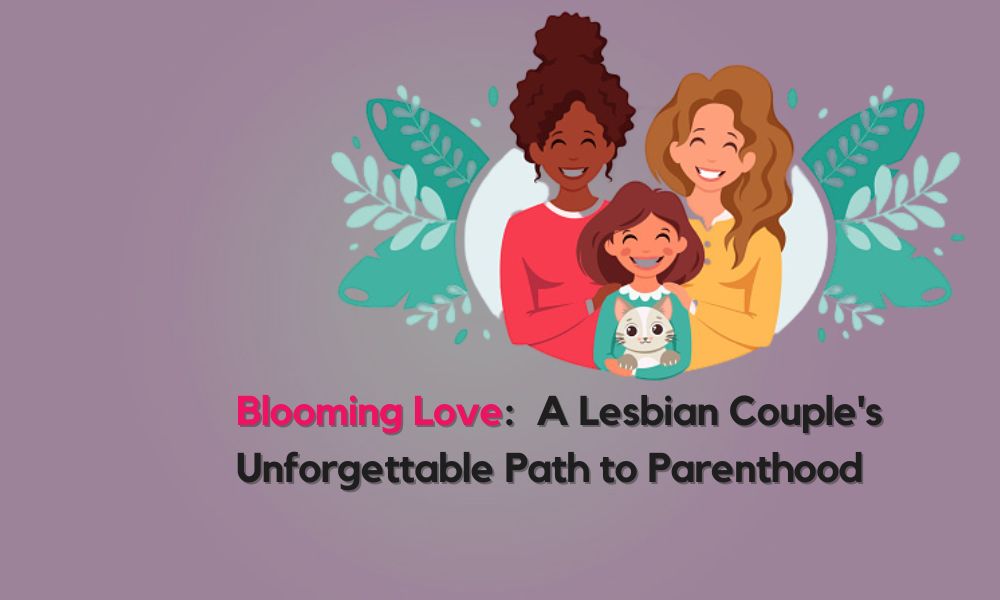

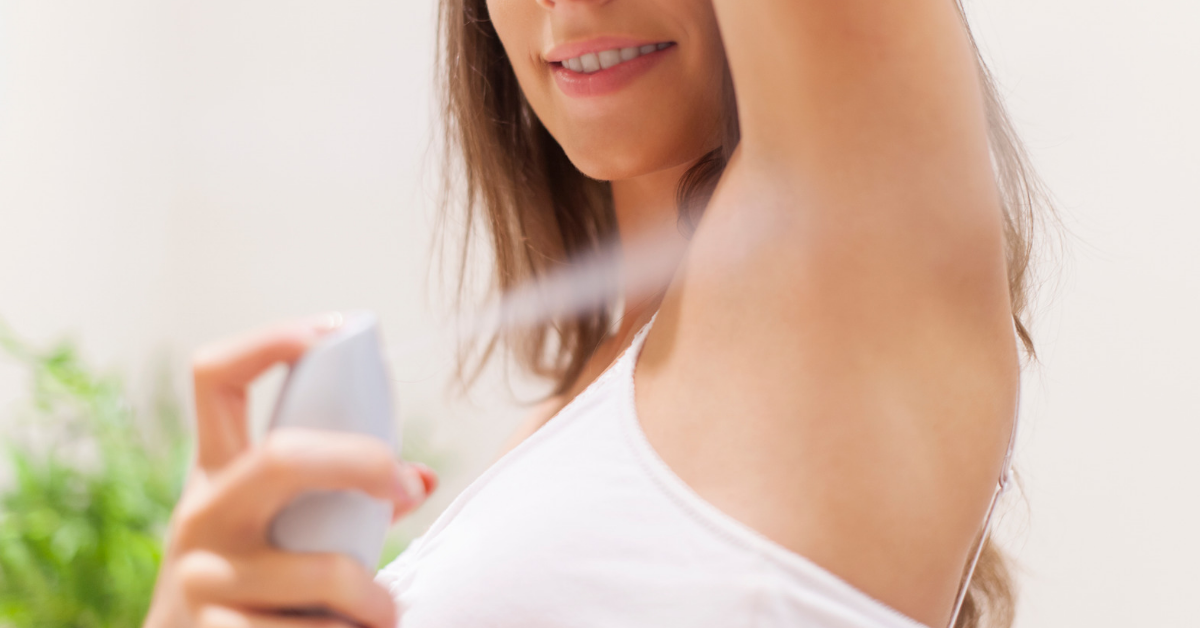
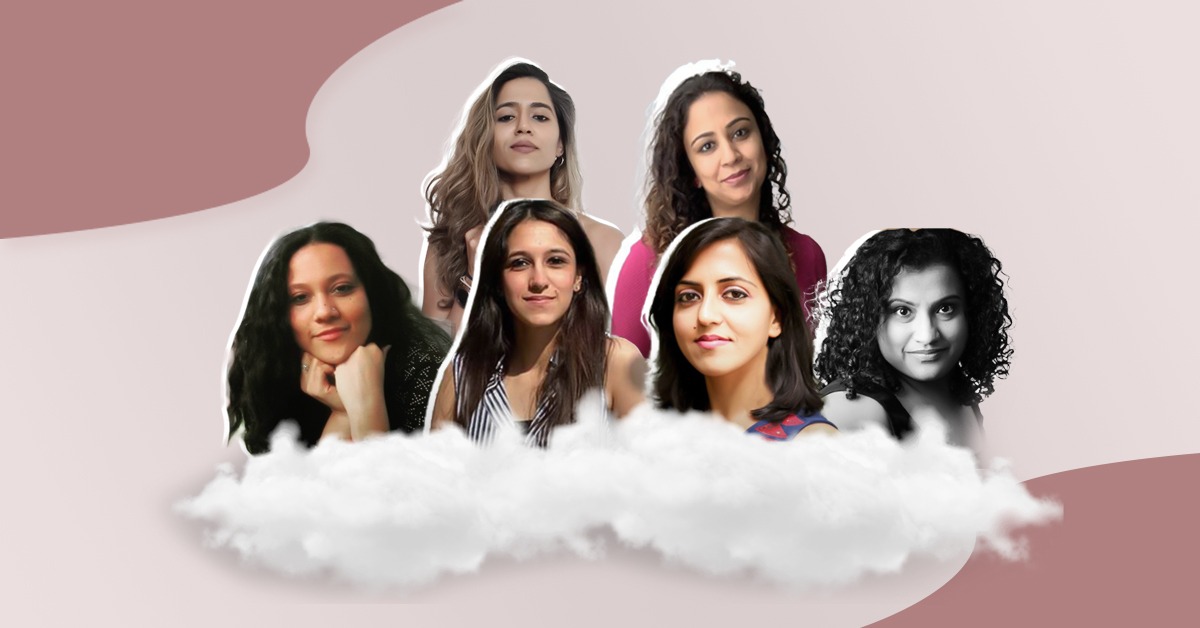
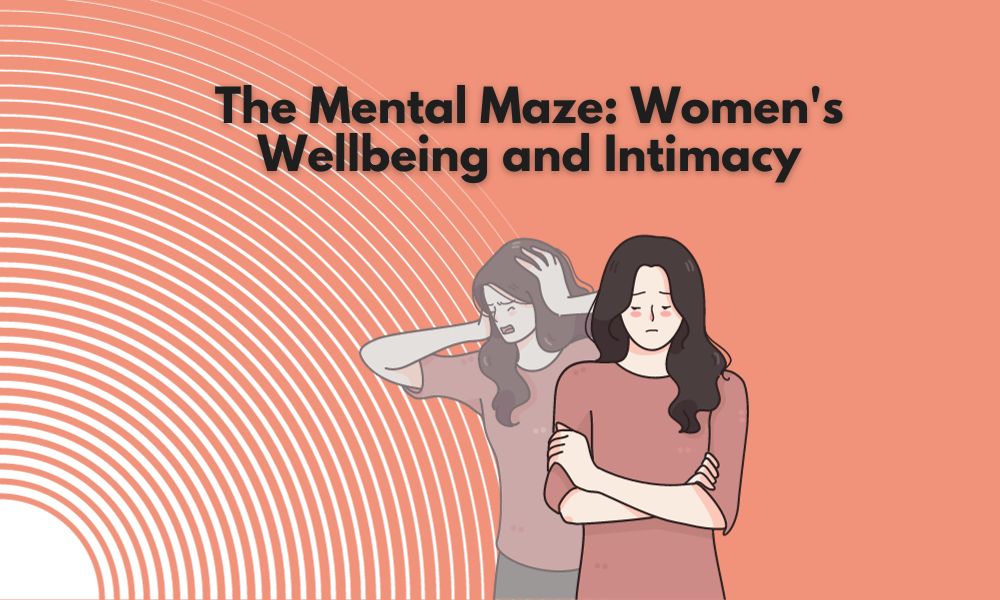





Everything is very open with a precise clarification of the challenges. It was really informative. Your website is useful. Thanks for sharing!